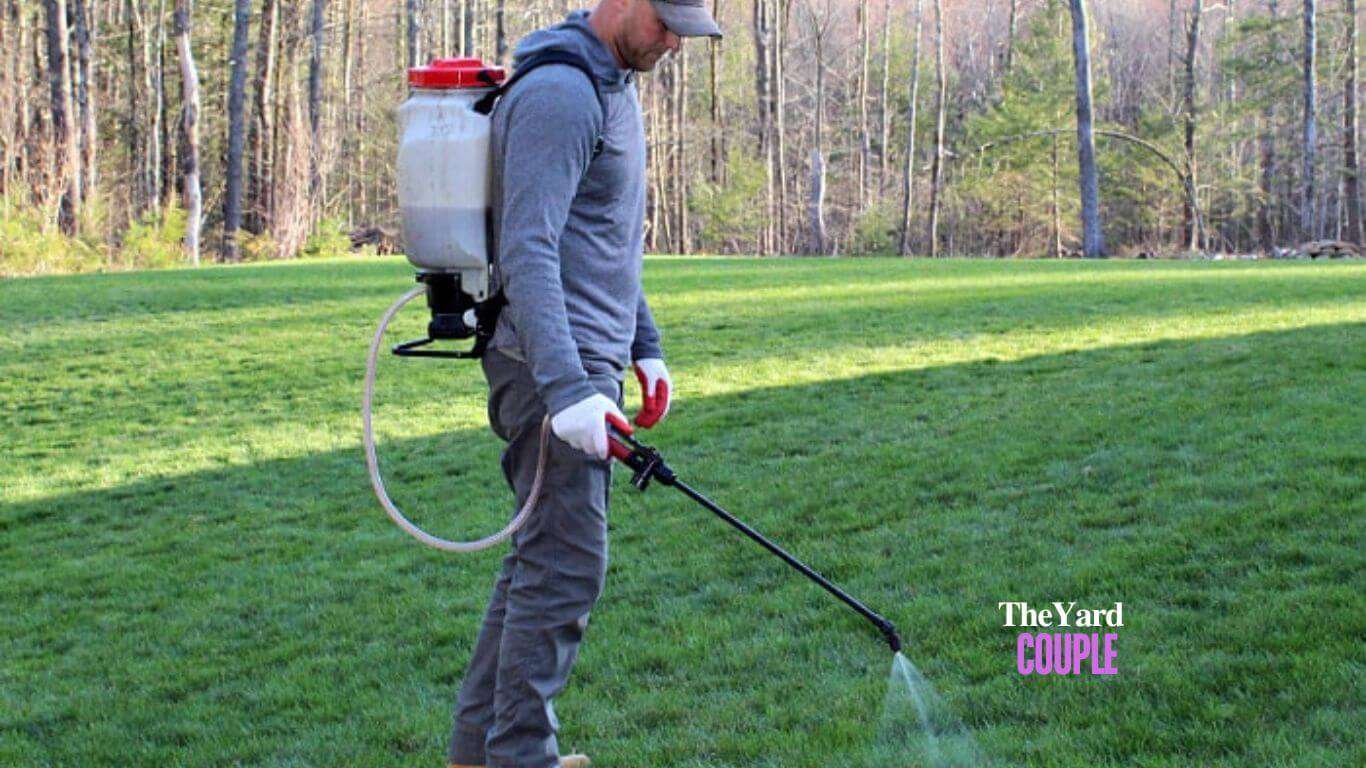Maintaining a lush, green lawn can be challenging, especially when pesky weeds invade and threaten to take over. But how often can you put weed killer on your lawn? Understanding the proper use of weed killers can make a significant difference in keeping your lawn healthy and weed-free.
The short answer is:
Generally, you can apply weed killer on your lawn no more than twice a year to avoid damaging your grass and the environment. The specific timing depends on the type of weed killer used; pre-emergent weed killers are typically applied in early spring and late summer, while post-emergent weed killers are used as needed, usually in late spring and early fall. Always follow the manufacturer’s instructions and avoid over-application to maintain a healthy lawn.
The Impact of Weeds on Lawns and Gardens
Weeds are more than just an eyesore; they compete with your grass for essential nutrients, water, and sunlight. This competition can weaken your lawn, making it more susceptible to disease, pests, and further weed invasion. Weeds often grow faster and are hardier than grass, allowing them to dominate areas of your lawn if left unchecked quickly.
Types of Weeds
Weeds come in many varieties, each presenting unique challenges. Broadleaf weeds, such as dandelions and clover, are easily identifiable by their wide leaves.
Grassy weeds, like crabgrass and foxtail, blend in with your lawn, making them harder to spot.
Sedges, such as nutsedge, thrive in wet conditions and can be particularly stubborn, whereas grass burrs camouflage themselves in dry conditions. Understanding the type of weeds in your lawn is crucial for effective weed control.
How Often Can You Put Weed Killer on Your Lawn?

The frequency with which you can apply weed killer depends on several factors, including the type of weed killer used and the specific needs of your lawn. Generally, you should not apply chemical weed killers no more than twice a year. Overuse of weed killers can damage your grass and lead to environmental harm.
Factors Influencing Weed Killer Application
The type of weed killer—pre-emergent or post-emergent—plays a significant role in application frequency. Pre-emergent weed killers prevent weed seeds from germinating and are typically applied in early spring and late summer.
Post-emergent weed killers (⬆) target existing weeds and can be applied as needed, but following the manufacturer’s instructions is essential to avoid over-application.
Seasonal Considerations
Timing your weed killer application to the right season is crucial. Early spring is ideal for pre-emergent weed killers, while late spring and early fall are better for post-emergent treatments.
Applying weed killer during extreme temperatures, either hot or cold, can reduce its effectiveness and potentially harm your lawn.
How to Use Weed Killer to Kill Weeds on Your Lawn
Here are a few expert tips to help you get optimum results when using weed killers on your lawn:
Preparation
Before applying weed killer, ensure your lawn is well-prepared. Mow your lawn to a suitable height and water it a day or two before application to help the weed killer penetrate the soil. Avoid mowing or watering immediately after applying the weed killer to allow it to work effectively.
Application
Follow the instructions on the weed killer packaging carefully. Use a sprayer for liquid weed killers, ensuring even coverage, or a spreader for granular products. Be cautious around desirable plants and flowers, as weed killers can damage them.
Post-Application Care
After applying weed killer, monitor your lawn for any signs of stress or damage. Water your lawn regularly and maintain proper mowing practices to promote healthy grass growth. Consider aerating your lawn annually to improve soil health and reduce compaction, making it harder for weeds to establish.
Related:
How Often Can You Put Weed Killer on Your Lawn FAQs
Q: How soon can I reapply weed killer if weeds persist?
A: If weeds persist after the initial application, wait at least four to six weeks before reapplying. This waiting period helps prevent damage to your lawn from overexposure to chemicals.
Q: Can I use weed killer on newly seeded lawns?
A: It’s generally advisable to avoid using weed killer on newly seeded lawns until the grass is well-established, usually after the first mowing. Young grass is more susceptible to damage from chemicals.
Q: Is it safe to use weed killer around pets and children?
A: Many weed killers are safe once they have dried, but always check the label for specific safety information. Keep pets and children off-treated areas until the weed killer has fully dried and been watered in.
Q: How do I choose the right weed killer for my lawn?
A: Selecting the right weed killer depends on the types of weeds you’re dealing with and your lawn’s specific needs. For broadleaf weeds, choose a selective herbicide that targets only those weeds. A non-selective herbicide may be necessary for grassy weeds, but use it with caution to avoid harming your lawn.
Conclusion
Understanding how often you can put weed killer on your lawn is essential for maintaining a healthy, vibrant lawn. By following proper application guidelines and considering the specific needs of your lawn, you can effectively control weeds without causing harm. Regular lawn maintenance, combined with strategic weed killer use, will help you achieve the lush, green lawn you desire.


